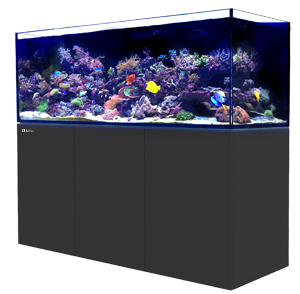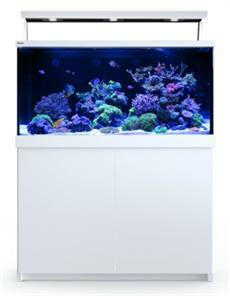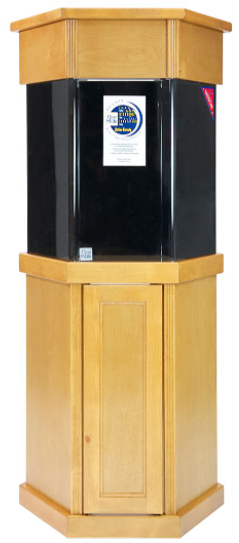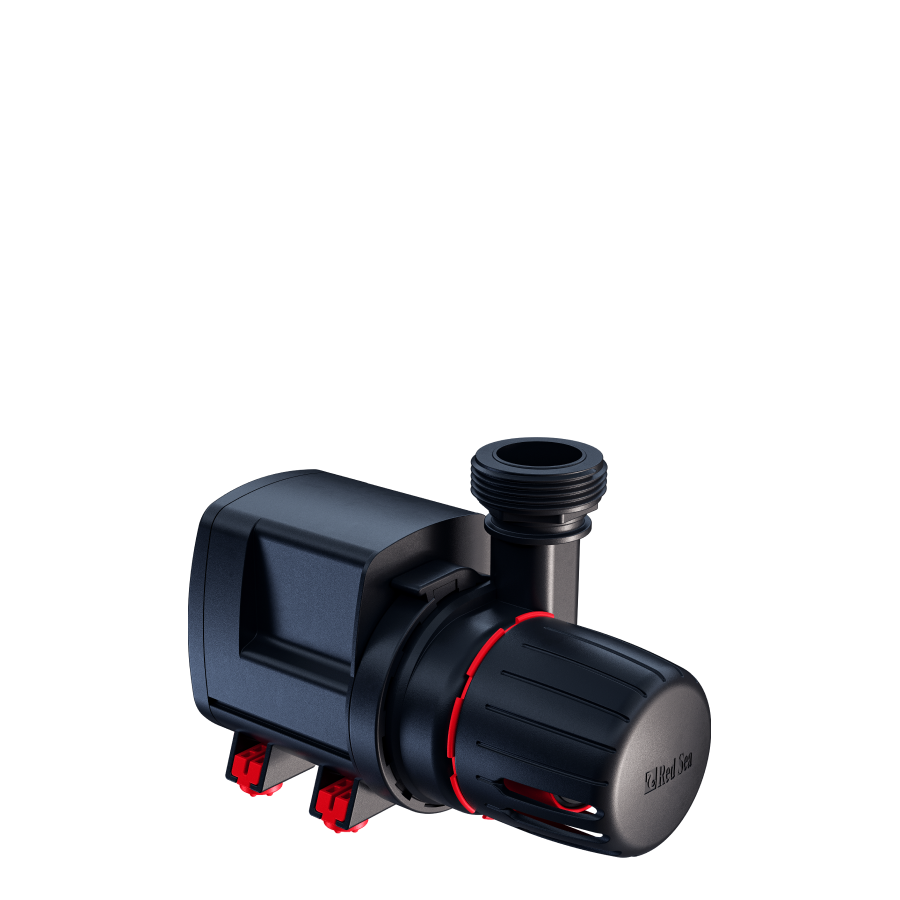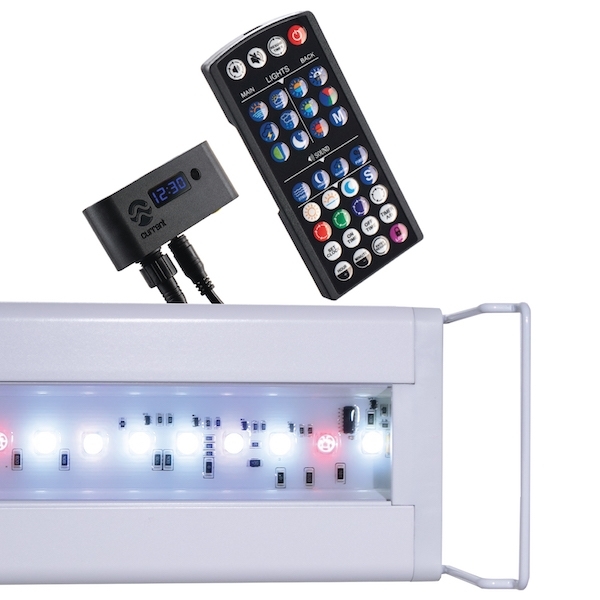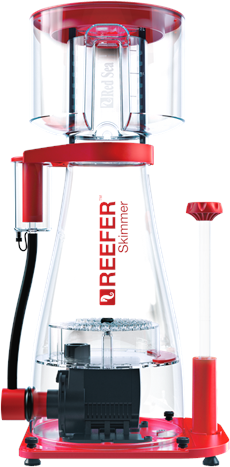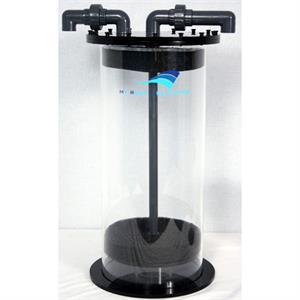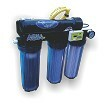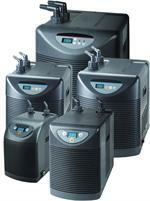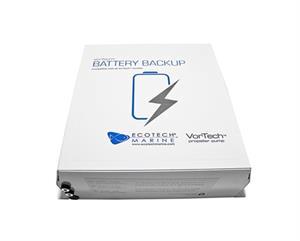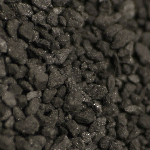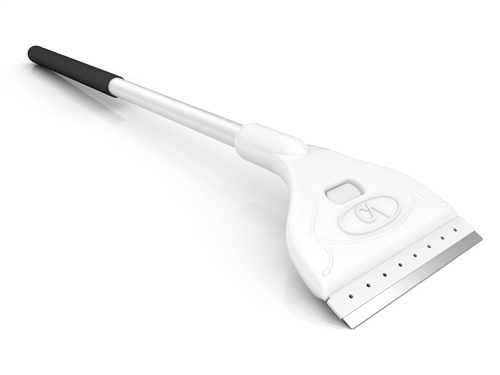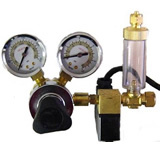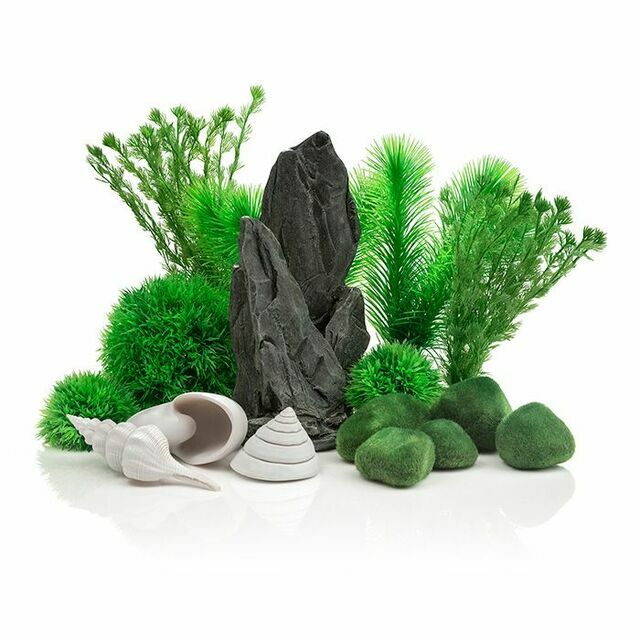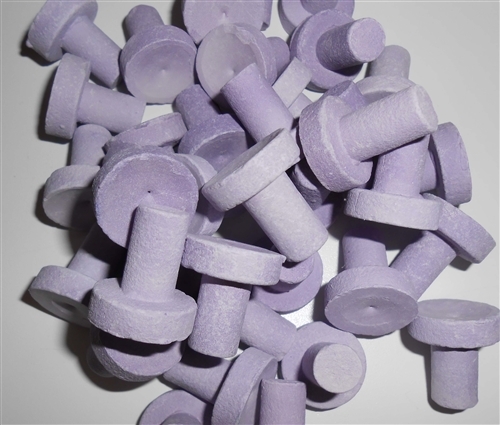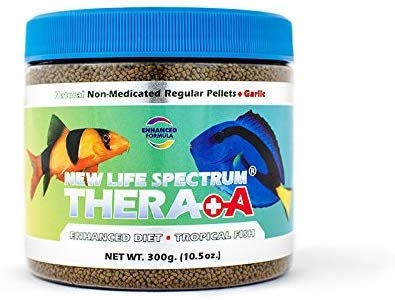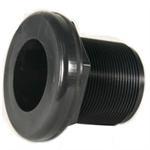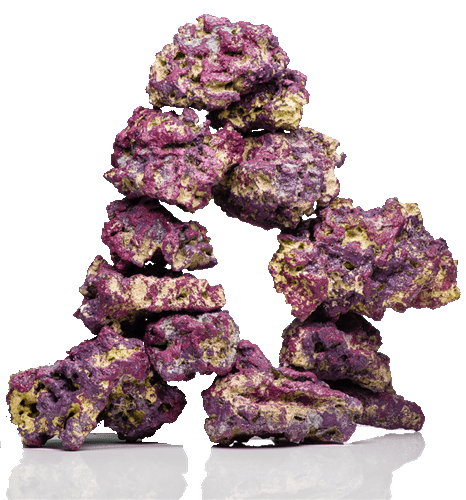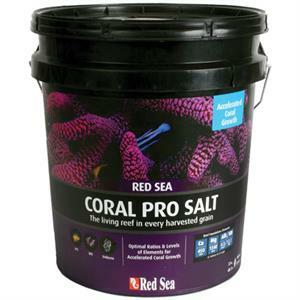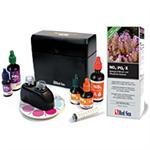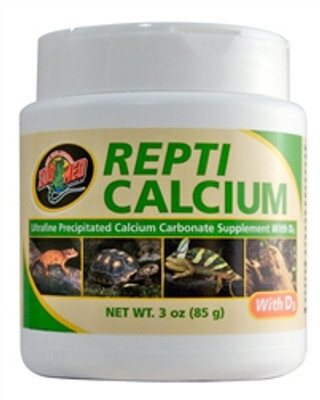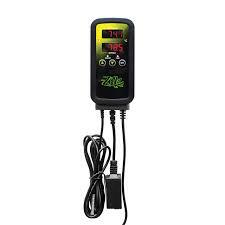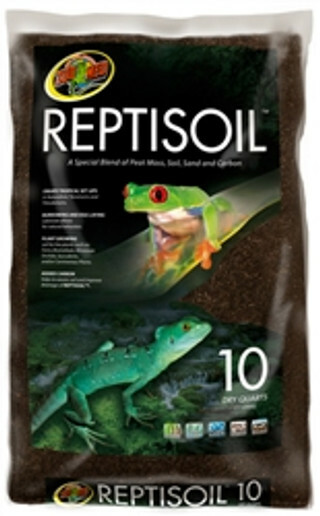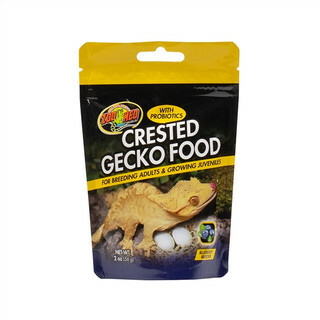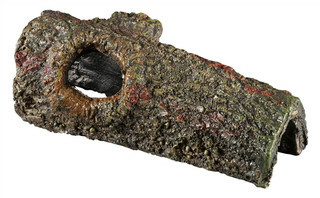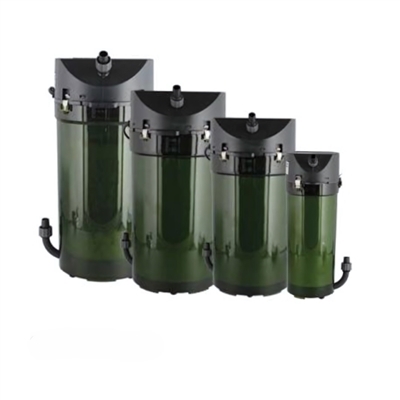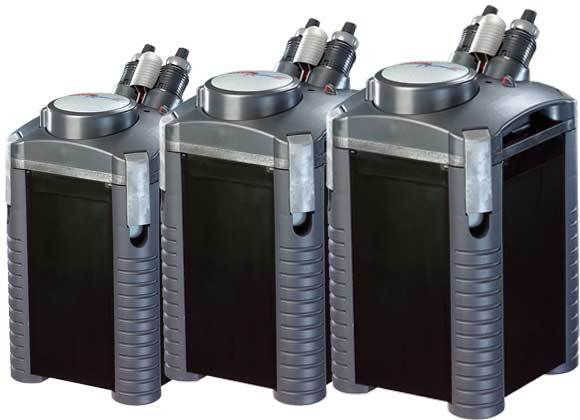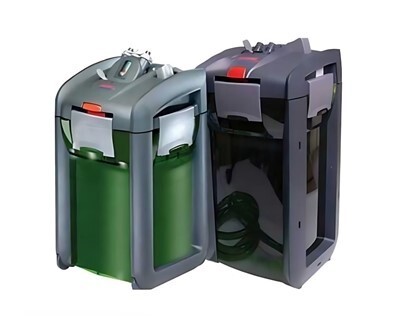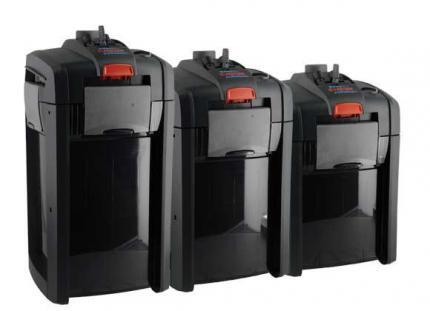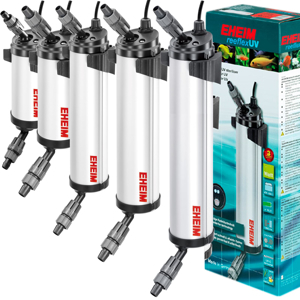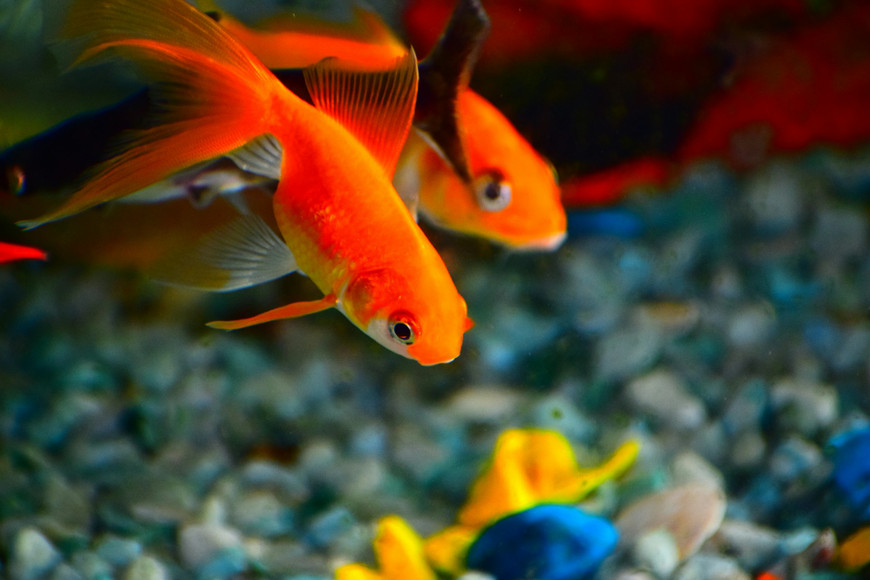Achieving and Maintaining Clear Aquarium Water: Essential Tips and Techniques
Fish Tanks Firect on Feb 22nd 2024
One of the most rewarding aspects of owning an aquarium is the ability to gaze into a vibrant, clear, and healthy environment filled with thriving fish, plants, and corals. However, achieving and maintaining pristine water clarity in your freshwater fish tank or saltwater aquarium can be a challenge. With the right filtration system, regular maintenance practices, and a proactive approach to water quality management, you can keep your aquarium water crystal clear and create a thriving environment for your aquatic inhabitants.
In this comprehensive guide, we will cover the essential aspects of maintaining immaculate aquarium water, including the selection and operation of appropriate filtration systems, routine maintenance practices, and tips for preventing common issues that can negatively impact water clarity. Whether you are new to the world of aquariums or a seasoned hobbyist, understanding the fundamentals of water quality management is crucial in providing a healthy environment for your fish, plants, and corals.
We will dive into the three main types of aquarium filtration – mechanical, biological, and chemical – and discuss the various filter options and devices best suited for different setups. Additionally, we will provide essential guidelines for regular aquarium maintenance, which plays a vital role in preserving water clarity and the overall health of your aquatic ecosystem.
By following the recommendations and techniques provided in this guide, you will be well-equipped to maintain the dazzling clarity of your aquarium water, ensuring a sparkling, healthy, and visually appealing environment for your aquatic friends. Let's embark on this journey together, unraveling the secrets to pristine aquarium water that will leave both you and your aquatic inhabitants delighted and content.
1. Understanding the Three Types of Aquarium Filtration
To maintain clear aquarium water and ensure a healthy environment for your aquatic inhabitants, a comprehensive filtration system combining mechanical, biological, and chemical filtration is essential. Let's explore these three types of filtration in detail:
a. Mechanical Filtration: Mechanical filtration physically removes debris and particulate matter from the water, preventing cloudy water and reducing the load on other filtration methods. Common devices for mechanical filtration include sponge filters, filter pads, and filter socks – all of which should be regularly cleaned or replaced as needed.
b. Biological Filtration: Biological filtration utilizes beneficial bacteria to break down harmful organic compounds such as ammonia and nitrite – toxic byproducts from fish waste, uneaten food, and decaying plant material. These bacteria colonize filter media such as ceramic rings, bio-balls, and sponge filters. The nitrogen cycle, facilitated by these beneficial bacteria, is crucial for maintaining a healthy aquarium environment.
c. Chemical Filtration: Chemical filtration uses media like activated carbon, zeolite, and ion exchange resins to adsorb and remove impurities, odors, and discolorations from aquarium water. Chemical filtration media should be monitored and replaced as needed to ensure efficacy.
2. Choosing the Right Filter System for Your Aquarium
Selecting the appropriate filter system for your fish tank is crucial in maintaining optimal water quality. Factors such as tank size, fish population, and aquatic inhabitant requirements should be taken into consideration. Some common aquarium filter systems include:
a. Hang-on-Back (HOB) Filters: HOB filters are popular for small to medium-sized aquariums, as they are easy to install and maintain. They provide a combination of mechanical, biological, and chemical filtration and can be customized with various filter media.
b. Canister Filters: Canister filters are ideal for larger aquariums and tanks with a higher bioload, offering effective mechanical, biological, and chemical filtration. They are externally mounted, allowing them to hold larger amounts of filter media and providing efficient water flow rates.
c. Sponge Filters: Sponge filters are an affordable and efficient option for small freshwater tanks, fry tanks, or quarantine setups. They provide gentle water flow and basic mechanical and biological filtration.
d. Sumps and Refugiums: These systems are typically used in larger saltwater tanks and reef aquariums, offering space for a variety of filter media, protein skimmers, and even refugium zones for live plants, algae, or copepods.
3. Essential Aquarium Maintenance Practices for Clear Water
In addition to selecting the right filtration system, regular maintenance is necessary for preserving water clarity and a healthy aquatic ecosystem. Some important practices include:
a. Water Changes: Perform regular water changes of 10-20% weekly for freshwater tanks and 10-20% biweekly for saltwater setups. Water changes help remove excess nutrients and waste while replenishing vital minerals and trace elements.
b. Substrate and Decor Cleaning: Periodically clean the substrate by vacuuming gravel or siphoning excessive detritus from the surface of sand. Decorations and artificial plants can be removed and gently scrubbed during water changes.
c. Glass and Acrylic Cleaning: Use a soft algae scraper or magnetic algae cleaner to remove algae buildup from tank walls, ensuring clear viewing and preventing excessive algae growth.
d. Filter Maintenance: Regularly clean or replace filter media, inspect filter tubes, and ensure efficient water flow. Maintaining optimal filter performance will help prevent issues affecting water clarity and quality.
4. Tips for Preventing Common Water Clarity Issues
To avoid cloudiness and other water quality issues, consider the following prevention tips:
a. Do not overfeed your fish, as uneaten food will lead to increased waste and nutrient levels, potentially causing murky water and algae blooms.
b. Use high-quality, slow-release fish food and minimize the use of liquid-based supplements, which can contribute to cloudiness.
c. Maintain a stable fish population, avoiding overstocking to prevent excessive waste production.
d. Introduce live aquatic plants, which can absorb excess nutrients and inhibit algae growth.
The Path to Crystal Clear Aquarium Water and a Thriving Ecosystem
Achieving and maintaining crystal clear water in your freshwater fish tank or saltwater aquarium is an attainable goal with the knowledge and tools provided in this guide. By choosing the right filtration system, rigorously adhering to regular maintenance practices, and proactively addressing potential water clarity issues, you can create a healthy, pristine, and visually captivating environment for your aquatic inhabitants. As you continue to refine your aquarium management skills, the dazzling clarity of your fish tank will be a testament to your dedication and passion for the hobby. So, arm yourself with this newfound wisdom, embrace the ongoing learning process, and bask in the shimmering, crystal clear results of your efforts. Shop aquarium equipment here at Fish Tanks Direct!

